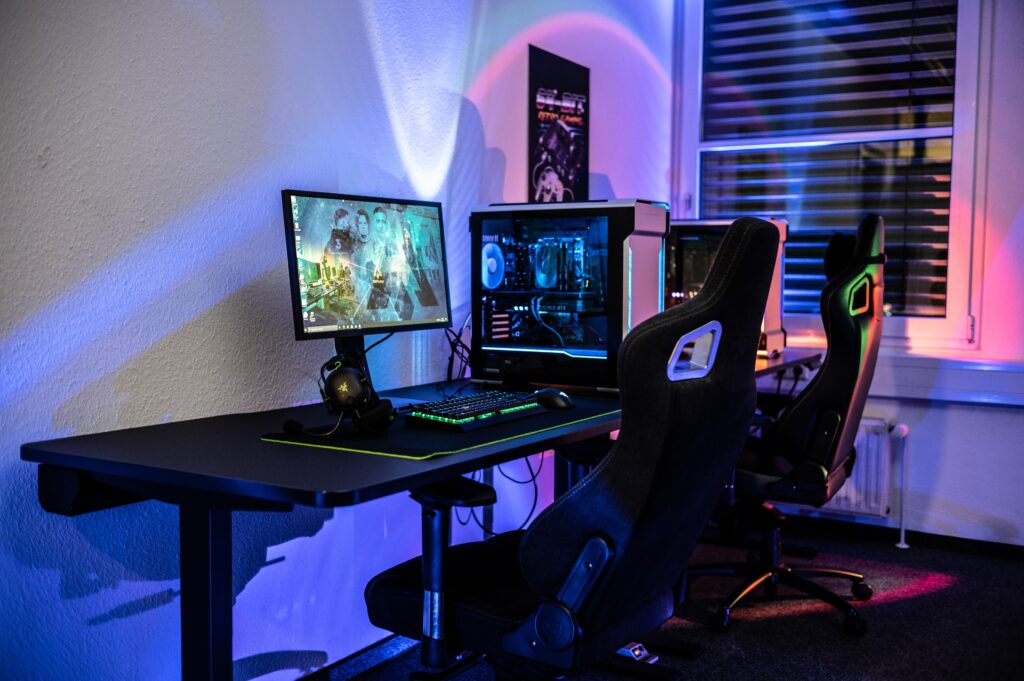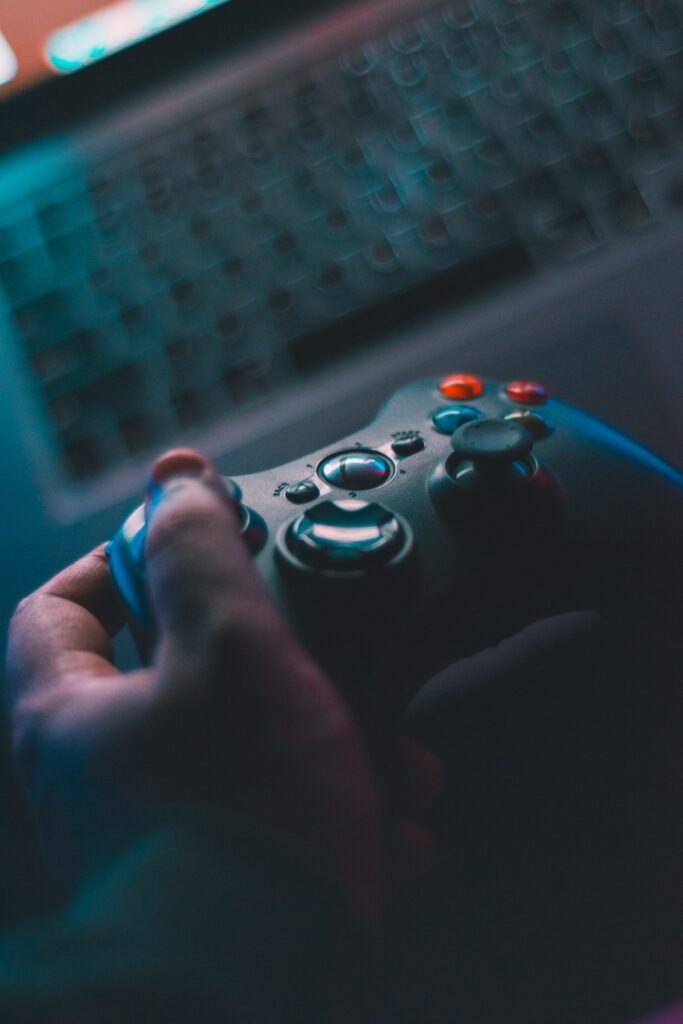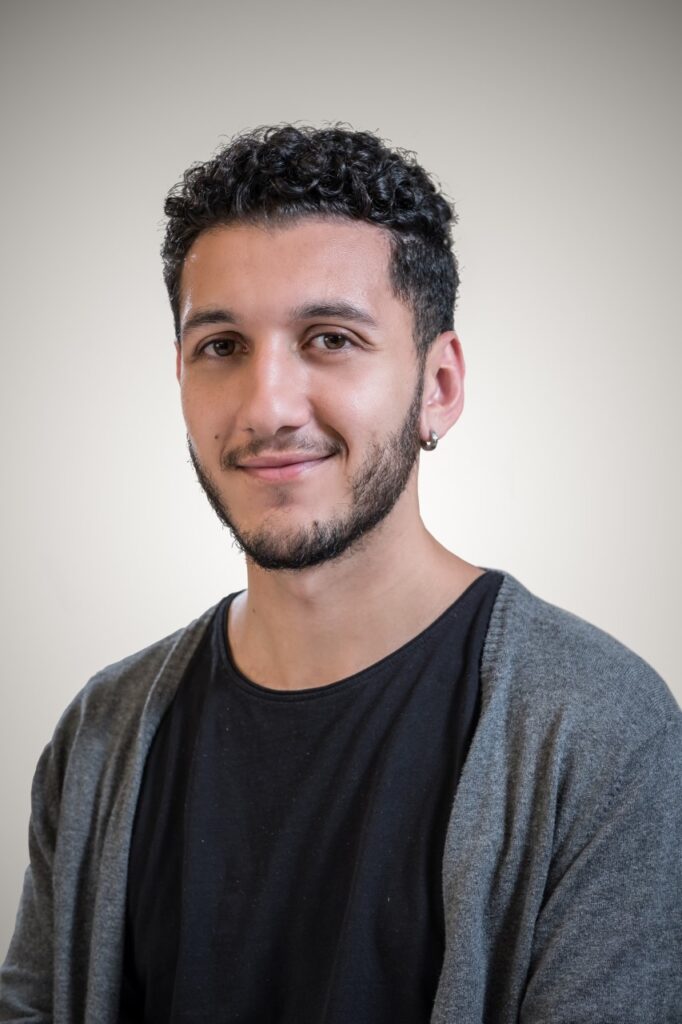Game localization for Brazilian Portuguese – a promising market
The Video Game industry shows no sign of slowing down. In the past few years, the fact that an increasing variety of titles and platforms are available (console, PC, and mobile) has attracted more and more people to the gaming world.

Data from a report by a leading provider of gaming market statistics, Newzoo, shows that the number of players is higher than ever, and an estimated 3 billion people worldwide will dedicate many hours of playtime to gaming entertainment by 2023. This indicates that a large part of the global population accesses game content on a constant basis.
Because most game development studios are based in the United States, new titles are initially released in English. But not all players speak English, which can result in a poor experience due to the language barrier. In Brazil, only 5% of the population aged 16 and above say they have some knowledge of English.
That’s where game localization comes in: the process of translating and adapting content from a video game to a target location and culture so that players feel as though it was originally created for them. This involves translating character dialogues, instructions, lore, menus, and basically everything that can be seen on screen when playing a game.
Sounds like quite a task, huh?
Luckily, with an experienced team of professional translators specialized in localization, this can be successfully done.
As a first step, translators must familiarize themselves with the reference materials provided by the client (assuming they exist)—termbases, style guides, translation memory—and with the game itself to know how all the pieces will fit together in the final product. Playing the actual game can be very helpful, but this is only possible when it has already been launched in English and when it is either free of charge or when the client provides access to a demo to those involved in the translation process.
Sometimes, due to developers’ and publishers’ confidentiality concerns, the game is unavailable, and no screenshots and scripts are provided, making the task more challenging for translators. In these cases, it is especially useful to choose translators who are gamers themselves, so they can use their “XP” to figure out the context of the sentences.

After getting familiar with the content, it is time to translate! During this process, the translator should aim at keeping consistency throughout the game for words and expressions that come up several times. These words may or may not be in the glossary. In battle royale games, for example, a lot of the terms used are widely known by the audience and might not be in the glossary. Consistency is key either way.
Another characteristic of translating games is the need to transcreate certain elements. Depending on the client’s requirements and the genre, this may include names of characters and places, collectible items, weapons, special abilities, jokes, and cultural references. A classic example is the Goth family in The Sims series. Instead of simply choosing “Gótico”—this would be the literal equivalent in Brazilian Portuguese—the translation team went for a less obvious yet great option: “Caixão” (coffin), which is not only similar to “Paixão,” a common Portuguese last name but also semantically linked to the original name.
Some parts of the game (i.e. buttons, actions, technical data, etc.) do not require full transcreation and can be translated by relying on translation memory and a machine translation engine. Chosen by the client, this translation engine automatically translates the source content into the target content, which is then post-edited by translators to make sure it fully conveys the intended meaning. This saves money and time, and translators can focus on finding the best solution for more complex aspects which require a creative approach.
Once the translation is complete, the review step is carried out to ensure that the text complies with the client-provided materials, that no omissions have been made, and the source meaning is aptly conveyed. To do this, reviewers read the source text line by line and compare it to the target content while making the appropriate changes where necessary. The target text must sound as fluent as possible so that the local audience can actually feel that the game has been produced especially for them and makes complete sense for their region.
Finally, in the quality assurance step, translators improve the final content quality by checking minor issues, such as words that are misplaced due to last-minute changes made in the previous step. If possible, they also test the game to verify how it will look on real devices. This is done to make sure that all the visual elements are clearly visible and that no text is truncated while playing the game. These days, this step is usually completed on a sample of interactive screens from the actual game interface or screenshots provided by the client.
With a market size of nearly $200 billion in 2022, it is evident that the gaming industry is a profitable space, specifically in Brazil, where a great part of the population plays video games. This is in line with data published by LocalizedDirect: one of the top 5 target languages for the gaming market is Brazilian Portuguese, which is the main language TextTrans works with.

Our team of expert translators includes many gaming enthusiasts and players, as well as those with relevant marketing and legal translation experience for the additional accompanying materials!
So, should you need help, we support you when you need to localize games, no matter the genre, so you reach the next level in the localization industry. 😉
For any questions, please feel free to contact us at info@texttrans.com.

Luiz Lendengues
Language Specialist
TextTrans
